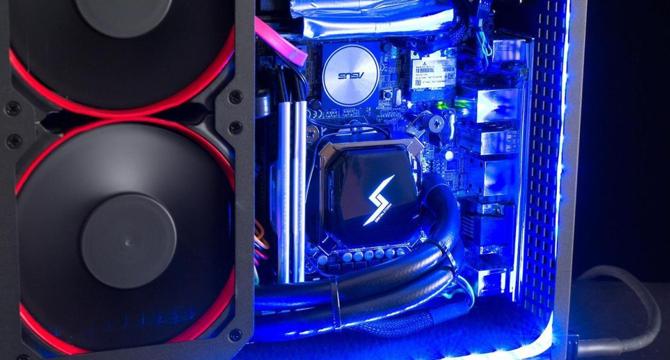Digitaltrends
1M
398

Image Credit: Digitaltrends
Should you overclock your CPU?
- Overclocking is pushing the clock speed of your CPU past its rated limit, which can be time-consuming and expensive, especially if you have little experience tinkering with PC components.
- Gaming is a significant reason to overclock, and depending on the game, it can make a big difference. In games, the CPU handles A.I. and NPCs, making a fast processor key for grand strategy titles and simulation sandboxes alike.
- Overclocking can boost performance in 3D modeling, video editing, and image editing applications, to name a few. But there are no hard and fast rules for how far you can push your processor.
- A proper and safe overclock requires research beforehand, using data display software, stress test software, and a heat sink/coolant unit if you want to try it out.
- It takes substantial knowledge and a lot of patience—and it’s not an exact science either. Your results can vary widely depending on your skill level, materials, and hardware.
- Extreme overclocking can shorten your component’s lifespan and decrease system stability. Some manufacturers cover overclocking under the standard warranty, while others offer optional protection plans that cover overclocking.
- However, a moderate overclock, one that you can run all day every day, will boost your PC’s performance across the board. It’s free performance, and if you’re running applications that benefit from it, there’s no reason to leave the extra performance on the table.
- Overclocking won’t completely transform your CPU’s performance. The main reason to overclock is to improve applications that take up a lot of computing speed.
- Overclocking is exciting but dangerous, so consider your system and budget before overclocking, and learn about the right tools and hardware management to take on such a project.
- While all this added performance can come with some risk, for those that like to push the edge of performance, the world of overclocking can add some fun and excitement to your computing life.
Read Full Article
24 Likes
For uninterrupted reading, download the app